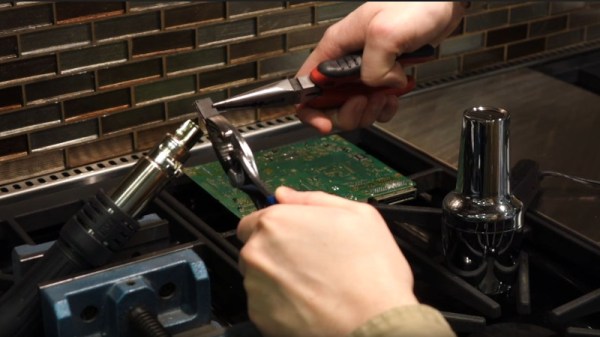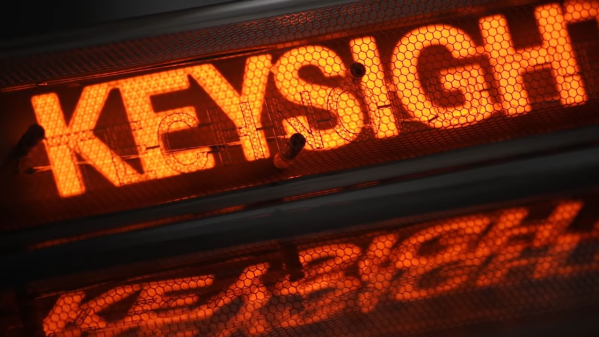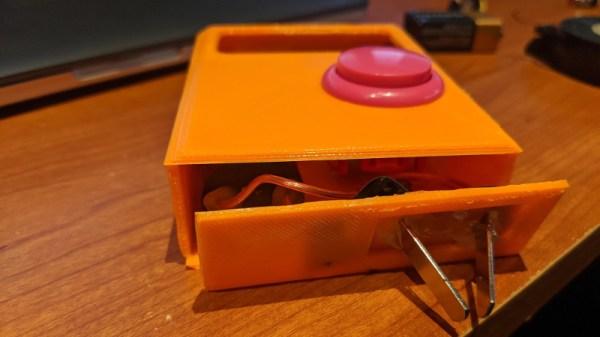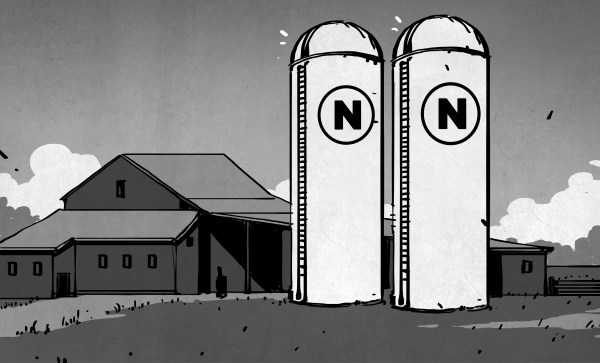Epoxy resins are an important material in many fields. Used on their own as an adhesive, used as a coating, or used in concert with fiber materials to make composites, their high strength and light weight makes them useful in many applications. [Tech Ingredients] decided to explore how combining basic epoxy resin with various additives can make it perform better in different roles.
The video primarily concerns itself with explaining different common additives to epoxy resin mixtures, and how they impact its performance. Adding wood flour is a great way to thicken epoxy, allowing it to form a bead when joining two surfaces. Microbeads are great to add if you’re looking to create a sandable filler. Other additive like metal powders lend the mixture resistance to degradation from UV light, while adding dendritic copper creates a final product with high thermal conductivity.
The video does a great job of not only explaining the additives and their applications, but also shares a few handy tips on best workshop practices. Things like triple-gloving and observing proper mixing order can make a big difference to your workflow and lead to better results.
We’ve seen practical applications of epoxy mixes before – with epoxy granite being a particularly popular material. Video after the break.
Continue reading “Using Additives For Better Performing Epoxy”








 While rockets launched from silos are generally weapons of war, [Joe Barnard] of [BPS.Space] thought model rocketry could still do with a little more thoomp. So he built a functional
While rockets launched from silos are generally weapons of war, [Joe Barnard] of [BPS.Space] thought model rocketry could still do with a little more thoomp. So he built a functional 









